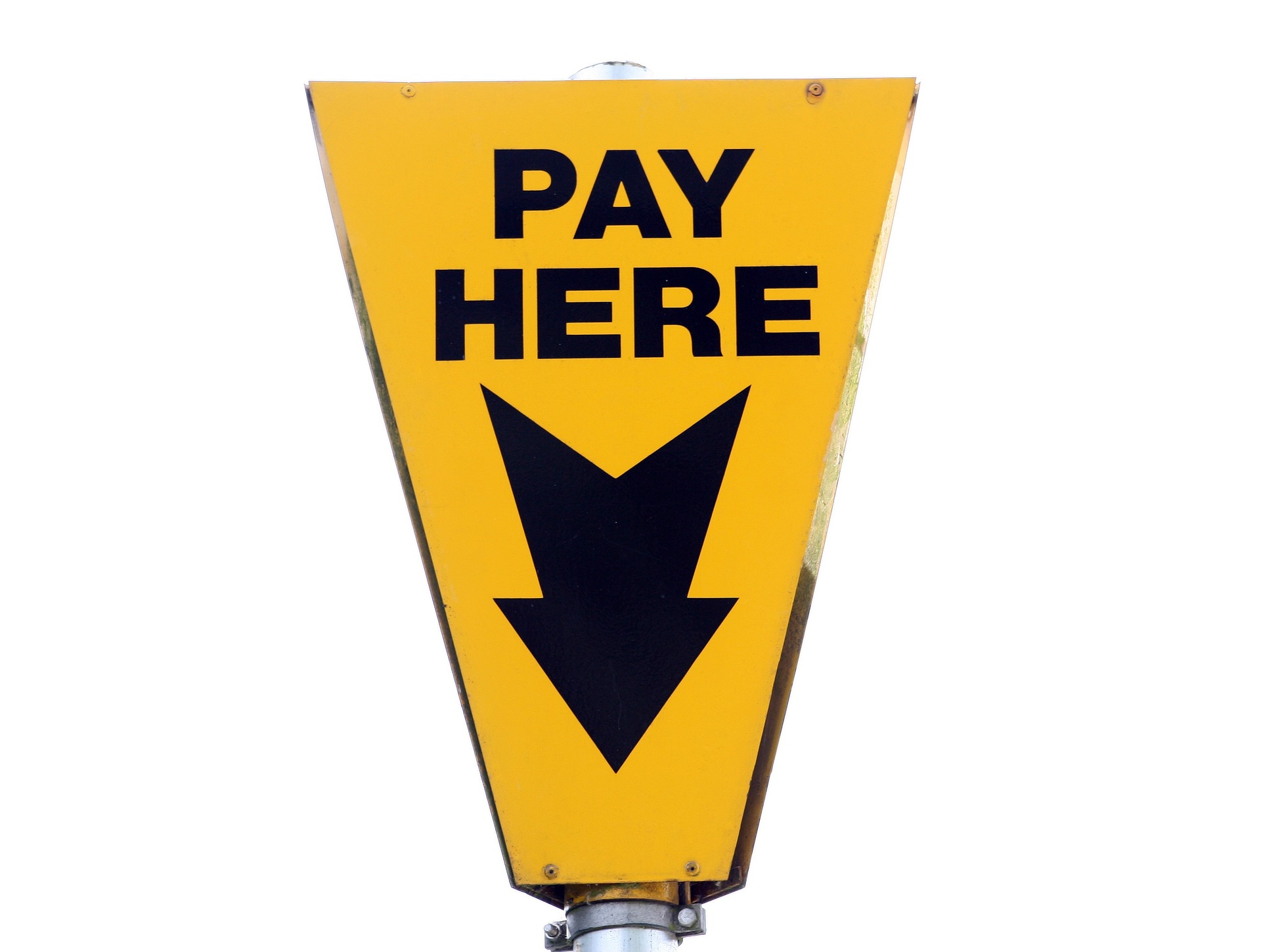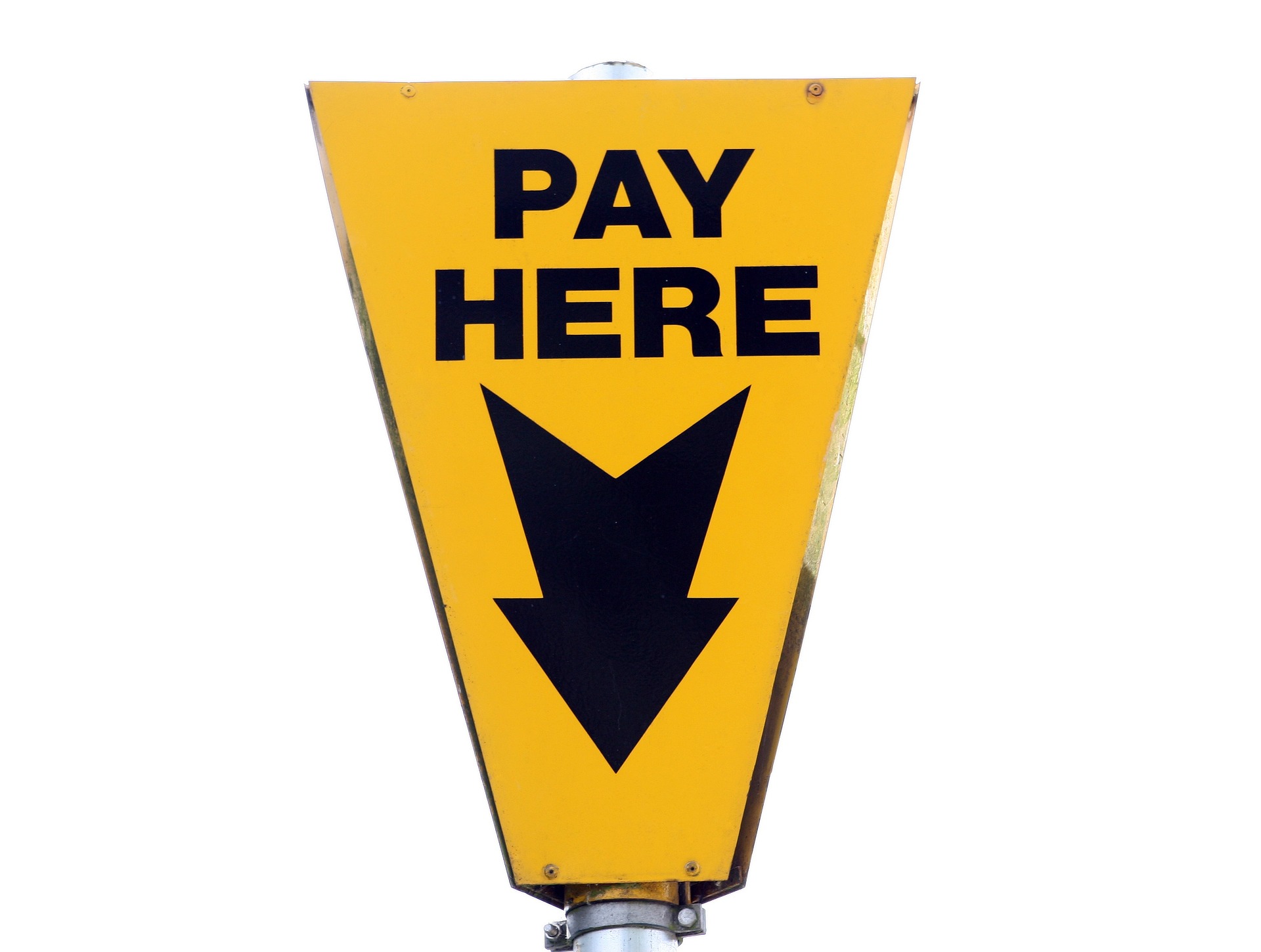
On Monday, August 3, 2015, the Food and Drug Administration announced its fees for the Generic Drug User Fee Amendment Program.
These fees apply to abbreviated new drug applications, prior approval supplements to approved abbreviated new drug applications, facilities that manufacture the active pharmaceutical ingredients for generic drugs, and facilities that manufacture finished dosage forms.
Because any final dosage forms or active pharmaceutical ingredients can be deemed misbranded and pharmaceutical companies can be prosecuted if the fees are unpaid, any pharmaceutical company manufacturing an active pharmaceutical ingredient, a generic drug, submitting a generic drug for approval, or maintaining a drug master file for a generic drug..
What is the Generic Drug User Fee Amendment Program?
The Generic Drug User Fee Amendments of 2012 enable the Food and Drug Administration to assess and collect fees from users for certain applications for generic drugs, for applications that have been backlogged as of October 1, 2012 (although this fee was only applicable in 2013), for facilities that manufacture finished dosage forms and active pharmaceutical ingredients, and on type II drug master files of active pharmaceutical ingredients made available to act as references to the applications for generic drugs.
What Are Some Changes to the Fees For 2016?
The Food and Drug Administration will increase the 2016 fees for abbreviated new drug applications, prior approval supplements to abbreviated new drug applications that have been already approved, and drug master files.
However, the fees for domestic and foreign facilities that manufacture active pharmaceutical ingredients and finished dosage forms will decrease. For 2016, the rates are as follows:
• Fees for abbreviated new drug applications for generics are $76,030 (versus $58,730 in 2015).
• Fees for prior approval supplements to approved abbreviated new drug applications are $38,020 (versus $29,370 in 2015).
• Fees for drug master files are $42,170 (versus $26,720 in 2015).
• Fees for domestic facilities manufacturing active pharmaceutical ingredients are $40,867 (versus $41,926 in 2015).
• Fees for foreign facilities manufacturing active pharmaceutical ingredients are $55,867 (versus $56,926 in 2015).
• Fees for domestic facilities manufacturing finished dosage forms are $243,905 (versus $247,717 in 2015).
• Fees for foreign facilities manufacturing finished dosage forms are $258,905.
The increases for the fees for abbreviated new drug applications, prior approval supplements to approved abbreviated new drug applications, and drug master files are a result in the decrease in the number of each of these types of submissions in 2015. Similarly, the decrease in the fees for facilities is the result of an increase in the number of facilities that identified themselves for 2016.
Who Needs to Pay the Fees?
For facility fees, any pharmaceutical company that owns a facility that has been identified in at least one submission of a finished dosage form or the active pharmaceutical ingredient for a generic drug is required to pay. If they will be identified as such, they must also pay the fee. Pharmaceutical companies must pay facility fees on October 1, 2015, and the fees will remain as effective until September 30, 2016.
For drug master file fees, the owners of a drug master file are only required to pay the fee the first time in which their submission for a generic drug references the drug master file with an initial letter of authorization. Drug master file fees only need to be paid when a generic drug is submitted for and the drug master file is referenced.
Abbreviated new drug application fees and fees for prior approval supplements to approved abbreviated new drug applications should be paid on the date an application is submitted.
Applicants submitting an abbreviated new drug application or prior approval supplements to approved abbreviated new drug applications must pay the associated fees for those respective applications at the time of the submission.
How to Pay the Fees
The appropriate parties must first fill out a generic drug user fee cover sheet. They then must pay by check, bank draft, postal money order, or wire transfer with US currency from a US bank. On checks, bank drafts, and postal money orders, the user fee identification number should be included and the payment should be made to the Food and Drug Administration.
Wire transfers should include the user fee identification number and any additional fees that the financial institution may charge.
Conclusion
By paying the appropriate generic drug user fees in a timely manner, pharmaceutical companies can avoid penalties from the Food and Drug Administration and a determination that their products are misbranded. As such, paying the fees enables pharmaceutical companies to operate in accordance with the regulations.
Have questions about the Generic Drug User Fee Amendment? Contact us to learn more about how this amendment affects you.

